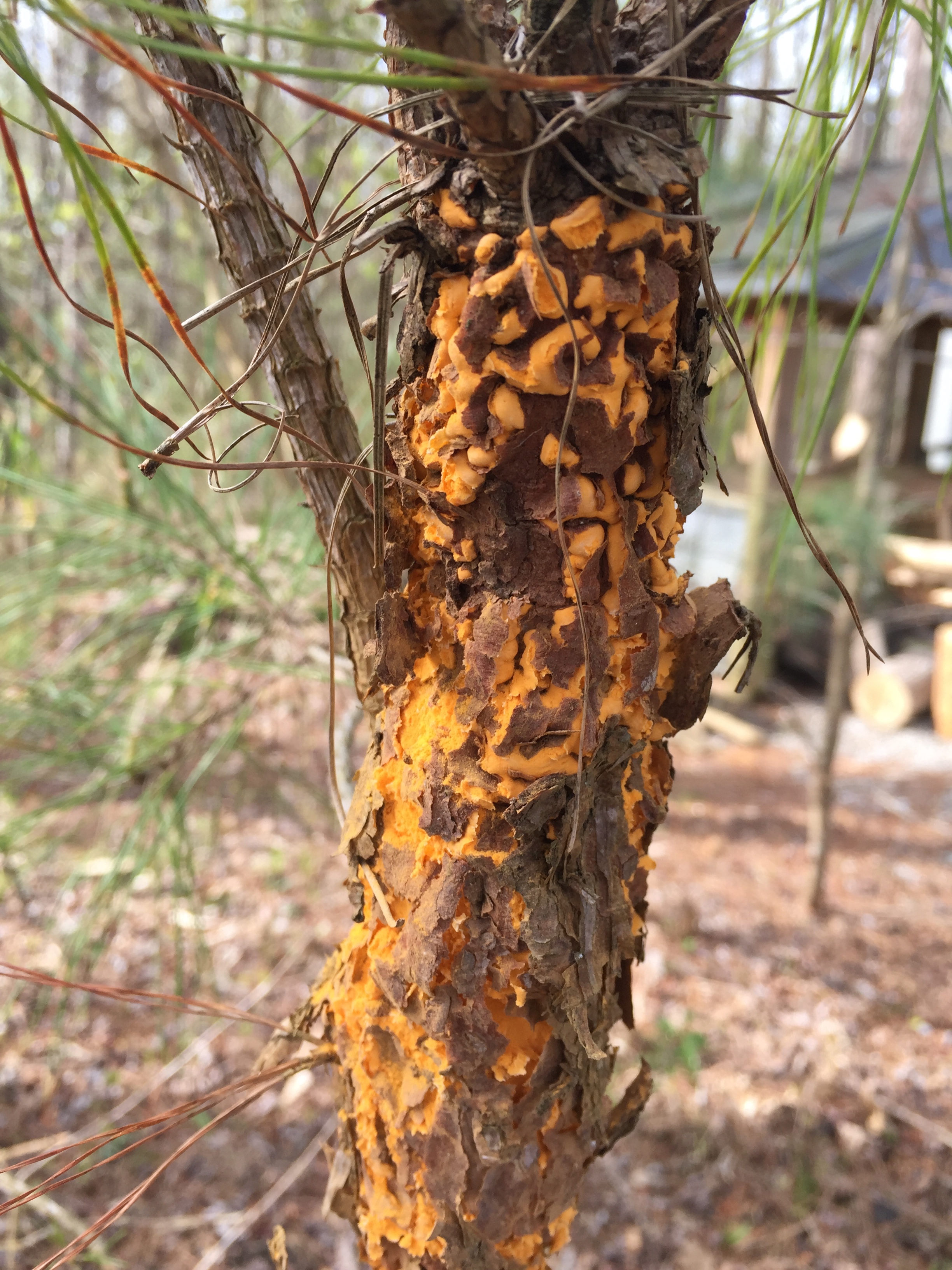Time to Watch for Fusiform Rust
go.ncsu.edu/readext?595495
en Español / em Português
El inglés es el idioma de control de esta página. En la medida en que haya algún conflicto entre la traducción al inglés y la traducción, el inglés prevalece.
Al hacer clic en el enlace de traducción se activa un servicio de traducción gratuito para convertir la página al español. Al igual que con cualquier traducción por Internet, la conversión no es sensible al contexto y puede que no traduzca el texto en su significado original. NC State Extension no garantiza la exactitud del texto traducido. Por favor, tenga en cuenta que algunas aplicaciones y/o servicios pueden no funcionar como se espera cuando se traducen.
Português
Inglês é o idioma de controle desta página. Na medida que haja algum conflito entre o texto original em Inglês e a tradução, o Inglês prevalece.
Ao clicar no link de tradução, um serviço gratuito de tradução será ativado para converter a página para o Português. Como em qualquer tradução pela internet, a conversão não é sensivel ao contexto e pode não ocorrer a tradução para o significado orginal. O serviço de Extensão da Carolina do Norte (NC State Extension) não garante a exatidão do texto traduzido. Por favor, observe que algumas funções ou serviços podem não funcionar como esperado após a tradução.
English
English is the controlling language of this page. To the extent there is any conflict between the English text and the translation, English controls.
Clicking on the translation link activates a free translation service to convert the page to Spanish. As with any Internet translation, the conversion is not context-sensitive and may not translate the text to its original meaning. NC State Extension does not guarantee the accuracy of the translated text. Please note that some applications and/or services may not function as expected when translated.
Collapse ▲One of our Master Gardener℠ volunteers in Craven County has forwarded a nice image of fusiform rust on a young loblolly pine, and this is definitely the time of year (early April) when we see a lot of these bright orange or yellow-orange sporulating “rust galls”. The gall tissue is weak compared to healthy wood tissue, and as explained in a plant pathology note from NC State University, infected pines often break at the point of a gall as the trees become larger.
April is a good time to evaluate the pines on your property. If fusiform galls are on side branches and are at least 12 inches from the trunk, then pruning out these branches could provide effective control. However, if the galls are within 12 inches or actually on the trunk, the tree should be removed. This is especially the case if the tree is located within striking distance of a home or other target.
To encourage the vigor of individual pines and reduce the likelihood of pine beetle attack and other problems, consider thinning residential pine stands to a distance of at least 20 feet between individual trees. Removing pines that have been compromised by fusiform would be a great way to begin that process.





